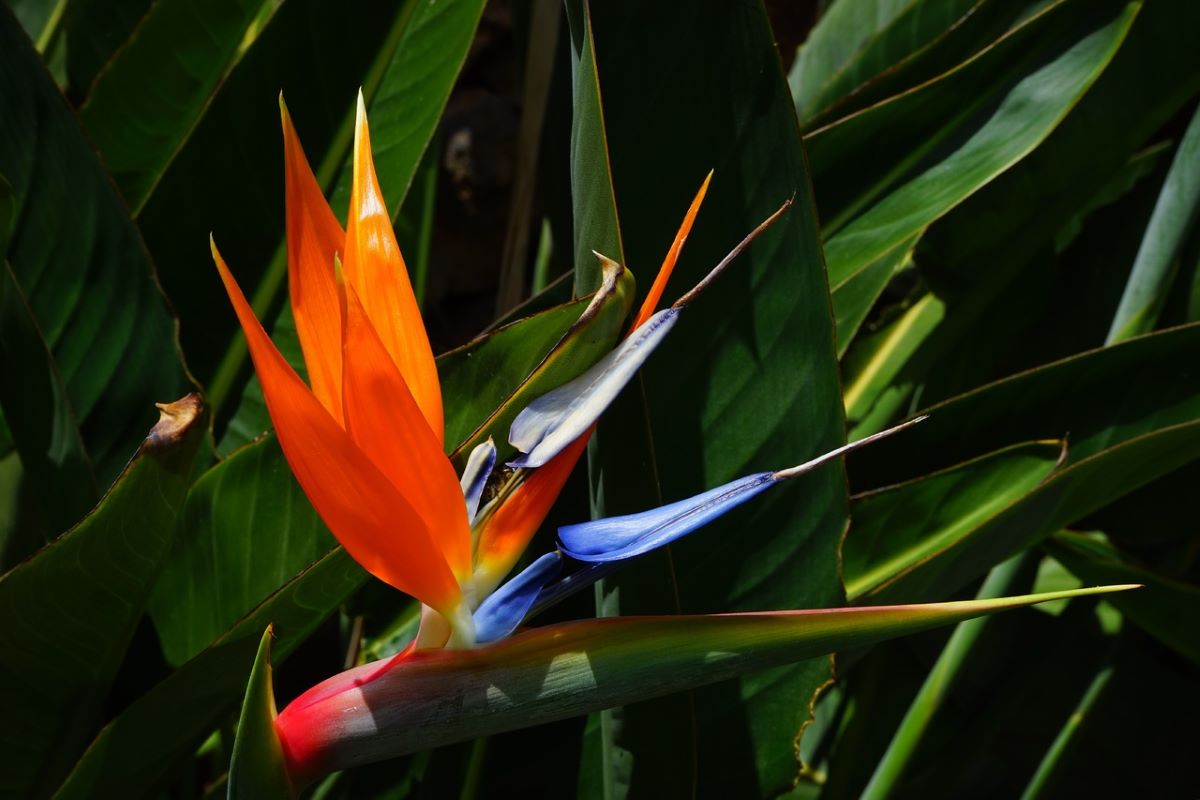
All the Strelitzia They are a genus of plants whose flowers are a real treasure for the garden. They are ideal for tropicalizing corners that have become a bit boring, or to give joy to your favorite green corner. In addition, they adapt wonderfully to all types of climates, except the very cold ones.
There are several species of plants known as bird of paradise, and in fact there is also much confusion with some due to their similarity. But don't worry: we will unveil the mystery below. What's more, we will explain how they take care of them.
Origin and characteristics of Strelitzia
Strelitzia are plants native to South Africa, where up to five different species have been identified. These they are medium sized herbs, although there are some that exceed five meters in height as we will see below. They have a root system composed of rhizomatous roots, which serve not only as anchoring to the ground but also as a food reserve. This reserve comes in handy in the dry season, and in cultivation also when they are kept in places where there is little rain.
If we talk about its leaves, they are large, lanceolate and leathery. But they also have a fairly long petiole (the petiole is the stem that joins it with the rest of the plant). They are perennial, which means that they stay alive for a long time. Even if if there is something that draws special attention, it is its inflorescences, or groups of flowers.
They have several parts that are: sepals that act as petals (attract pollinators, which in their case are birds such as spider-bites and the like), and three petals welded with five stamens. Once they are pollinated, inside the future fruits we will find up to six seeds.
Strelitzia species
There are a total of five species or types. All of them differ basically by the size they reach, as well as by the color of the flowers. Let's see what they are:
strelitzia alba
- Image - Wikimedia / H. Zell
- Image - Wikimedia / Citron
La strelitzia alba, before call strelitzia augusta, is the largest of the genre. It is popularly known as the white bird of paradise. Reaches a height of 10 meters, and usually forms a trunk, although like all those of the genus it also tends to produce suckers. The leaves are large, 2 meters long. The flowers are white and bloom in spring. It resists frosts down to -2ºC.
Strelitzia caudata
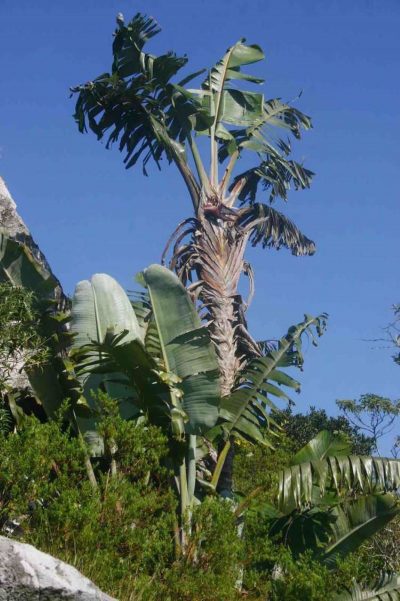
Image - www.zimbabweflora.co.zw
La Strelitzia caudata It is a plant that we could well confuse with S. nicolai and S. augusta. Reaches a height of up to 6 meters, maybe something else, and it has leaves between 1,5 and 1,7 meters long, grayish-green in color. The flowers are bluish, and they sprout in autumn. It does not resist frost.
Strelitzia juncea
- Image - Flickr / Vahe Martirosyan
- Image - Wikimedia / Krzysztof Ziarnek, Kenraiz
La Strelitzia juncea It is a variety of bird of paradise that is differentiated by the shape of its leaves: these are needle-shaped, and they measure a height of up to 1,20 meters. The flowers are very similar to those of the Strelitzia reginae, but it is more sensitive to cold. Supports up to -1ºC.
Strelitzia nicolai
- Image - Wikimedia / ShineB
La Strelitzia nicolai is a similar variety to S. alba, but reaches a height of »only» 4-5 meters. The flowers are blue, and they tend to appear more in summer. In this species the tendency to take out suckers is remarkable: even from a young age, barely a meter tall or less, we can already see some. It can withstand up to -2ºC if it is somewhat sheltered.
Strelitzia reginae
- Image - Wikimedia / Emőke Dénes
La Strelitzia reginae, better known as Bird of Paradise, is undoubtedly the most popular of all. Of bushy bearing, grows to a height not exceeding one meter. The leaves are broad, lanceolate, dark green. Its flowers can also be used as a cut flower. It supports weak frosts down to -2ºC.
What is the care of Strelitzia?
These plants, even if they are of different species, they will grow wonderfully in both full sun and partial shade exposureeven indoors with lots of light. But let's see in more detail how to take care of them:
Location
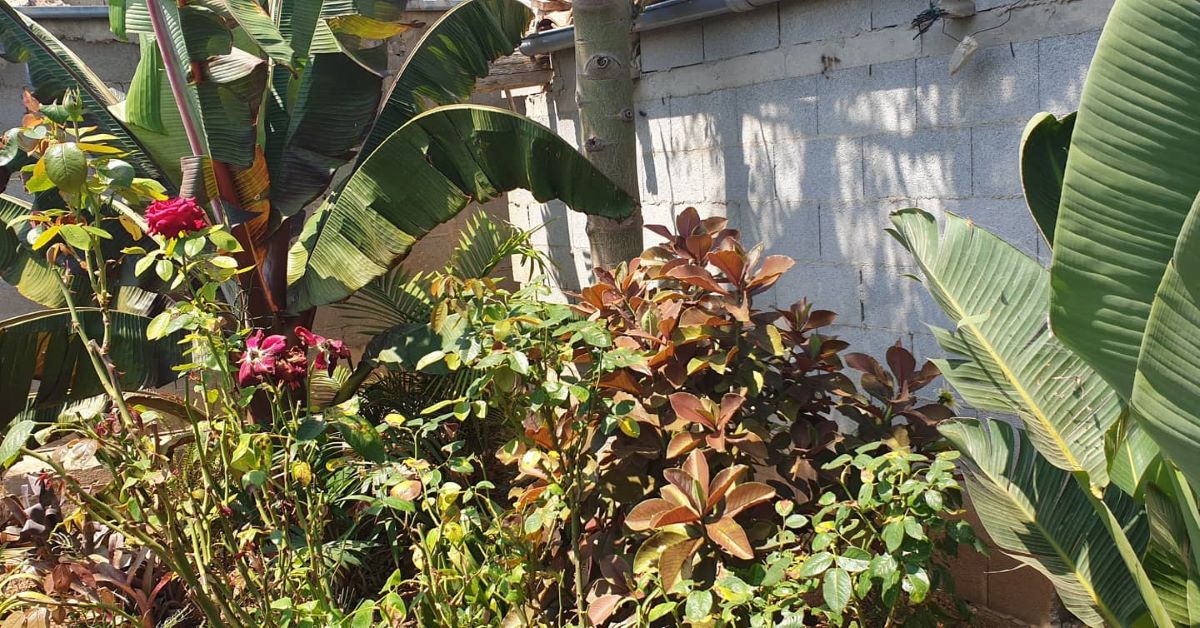
Image of my garden. You can see a Strelitzia, probably nicolai, on the right.
The Strelitzia they are plants that worship the sunFor this reason, whenever possible, we will have to find a sunny place for you. Even if they are going to be kept indoors, it is important that the room they are in is very, very bright.
Although they tolerate semi-shade, even I myself have seen S. reginae that never got direct sunlight and still flourished, I also have to say that the ones that bloom best are those that are exposed to the sun directly to the sun. less a few hours each day.
Soil or substrate
- Garden: we are not talking about demanding plants in general. But they are in one thing: drainage. They fear waterlogging, so it is necessary for the earth to be able to absorb and filter water with some speed.
- Flower pot: If they are to be grown in containers, they must have holes in their base. In addition, they will be filled with a mixture of peat moss with perlite more or less in equal parts.
How to water a Strelitzia?
Irrigation will not be frequent, if not we will water from time to time. In fact, you have to let the soil dry before rehydrating them. But yes, you do NOT have to water from above, or by the tray method. The Strelitzia do not support excess watering, so if we have them in pots, and we put a plate under them, we have to drain this immediately before we water them.
Subscriber
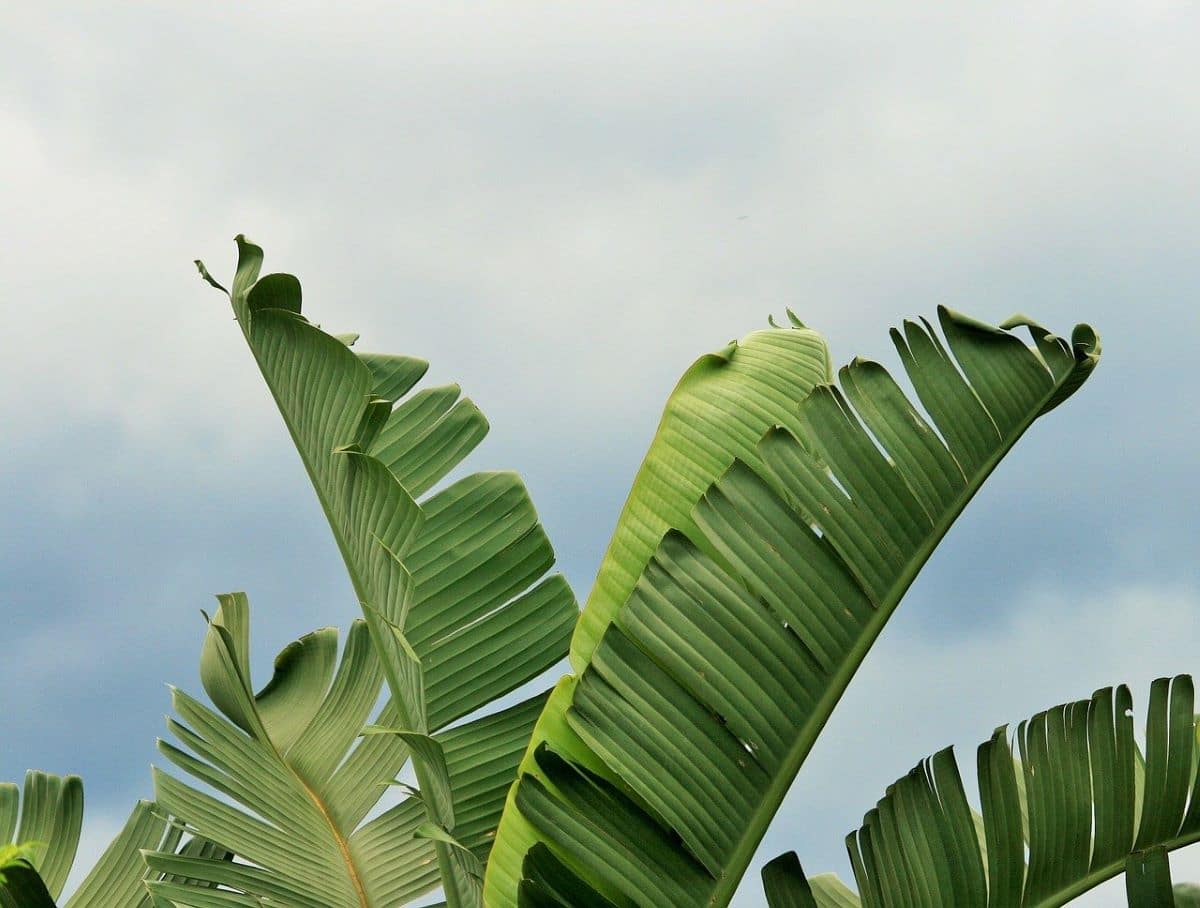
If they are kept in the garden, it will not be necessary to pay them; instead, if they are grown in pots, they can be paid with fertilizers or liquid fertilizers following the manufacturer's instructions. For example, guano (for sale here) or one for green plants (for sale here) or with flower (for sale here) can be of great use to them to grow somewhat faster, and flourish.
Multiplication
Strelitzia multiply by seeds and by division throughout the spring. It is done in the following way:
- Seeds: it is relatively easy to multiply them by seeds, since they only have to be sown in pots with, for example, substrate for seedlings, and leave them in a sunny area. It is important not to bury them too much, since if not, they will not germinate. You just have to put a little soil on them, so that the Sun does not hit them fully. Of course, you also have to water from time to time, to keep the substrate moist. Thus, they will germinate in about a month. More information.
- Division: this is only done when the plant has reached a certain size (about 50 centimeters in the case of small varieties, and at least 1 meter for large ones). With that size, they already begin to produce many suckers, which can be separated as soon as they are about 30-40 centimeters in size. This is done by exposing the roots of the mother plant, and cutting the sucker -with roots- with a serrated knife. Afterwards, rooting hormones are added to it, and it is planted in pots with vermiculite previously watered. If all goes well, it will bring out new leaves in 1-2 months.
Pests
They are very resistant, although we can see them:
- Mealybugs: they can be the cottony ones, or the San José louse. They feed on the sap. It is possible to remove them manually, even with the jet hose, as if we wanted to thoroughly wash the plant. Another thing that works very well is adding diatomaceous earth (for sale here) above. More information.
- Root and neck drill: it is a very small caterpillar, about 2 centimeters long, that excavates galleries both in the root system and in the neck of the plant. It is treated with an anti-drill insecticide or a polyvalent one that is effective against caterpillars, such as this.
- Nematodes: they are worms that are not visible to the naked eye, that live in the soil and from where they feed on the roots. As a consequence, they can cause tumors. It can be treated by keeping the plant healthy, well watered, and in a sunny location. In case of symptoms, insecticides against nematodes (such as this one in here).
Management
Those that affect them are those transmitted by fungi:
- Alternaria: causes the appearance of yellowish spots on the leaves. More information.
- Fusarium: it is a fungus that is found in the soil, and that rots the roots. More information.
- Gloeosporium: it mainly affects the flowers, which is where we will see numerous black spots and an elongated shape of about 2 millimeters.
All of them are fought with polyvalent fungicides (like this one from No products found.), and avoiding overwatering.
Transplant
During spring they can be transplanted, either to the ground or to a larger pot.
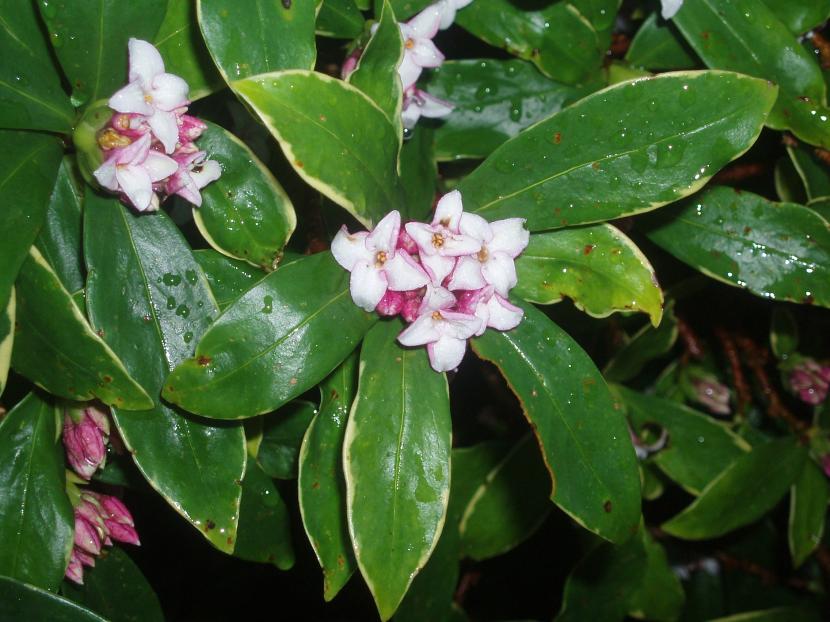
Rusticity
The Strelitzia prefer frost-free climates, where there are high temperatures (between 30 and 40ºC in summer). But as we have seen, there are some that withstand the cold, such as S. reginae or S. nicolai, which can withstand weak and occasional frosts.
Where to buy?
If you wish, you can get one Strelitzia reginae by clicking here:
And with a Strelitzia nicolai from here:
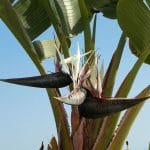

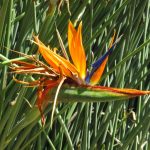
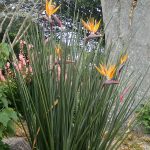
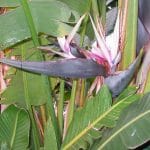
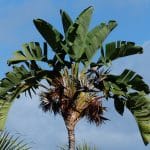
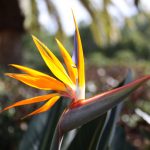
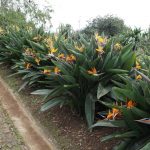


Hello
I have read the Stretlizias article and it has clarified many doubts. But I have a question and could you mention some characteristics of the ravenalla madagascariensis when they are young, I complicate myself and how do I differentiate them? with the species Stretlizia augusta when they are young they have a flat stem and the leaves are very similar.
I would appreciate your prompt response.
Hi Orly.
True, they are almost identical. Let's see if these photos can help you:
Ravenala:

Strelitzia:

A greeting.